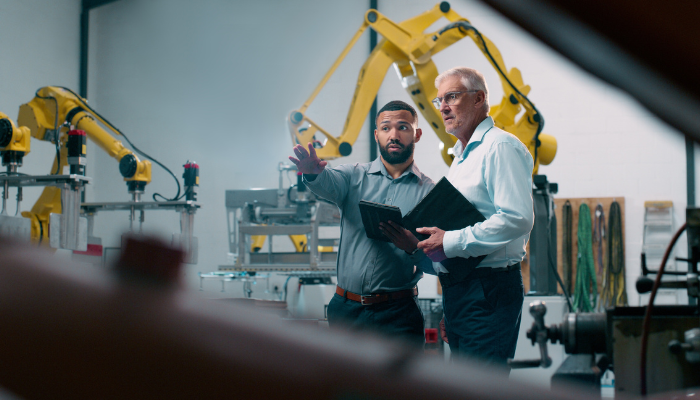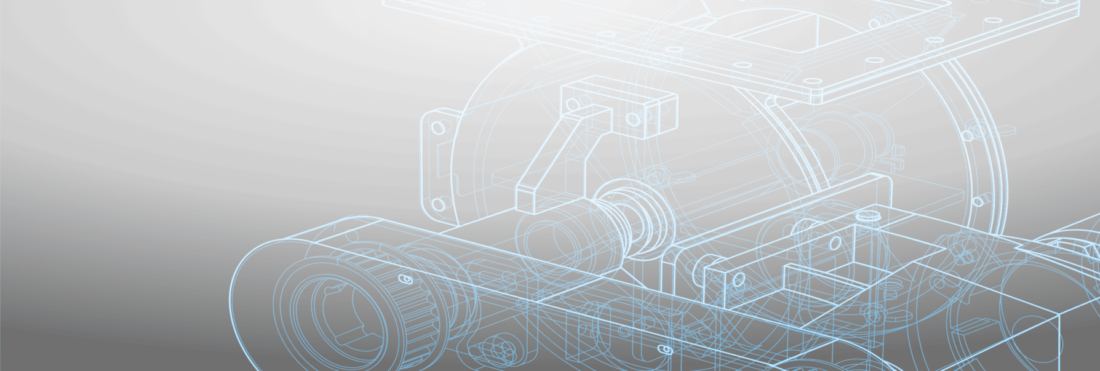There’s a lot of excitement in the industry right now. New technologies like automation and AI are reshaping the manufacturing landscape. But here’s the thing — it’s not just technology that’s changing, it’s the people, too. In fact, the way we think about our workforce is evolving just as fast as the machines and software we use.
The shift to new manufacturing technologies has created a strong need for workforce transformation. We’re seeing more focus on reskilling and upskilling workers to adapt to new roles and tools. But, let’s be real — this isn’t as simple as plugging in new software or flipping a switch. This is about people, their skills, and the practical realities of making these changes without stopping production.
Bridging the Skills Gap — While Still in Operation
We hear about the labor shortage in manufacturing all the time. Manufacturers simply can’t just snap their fingers and bring in a fully trained workforce for new technologies. Sure, it would be great to hire fresh talent already trained in the latest tech, but that’s not an option, especially in today’s labor market. Manufacturers also don’t have the luxury of extra staff sitting around waiting to be trained. The people already on the shop floor are the ones keeping things running and making sure deadlines are met.
So, how do you transition to new technologies while keeping your shop running? Well, think of it as doing maintenance on a plane while it’s still flying — and yes, with passengers onboard. You can’t afford to ground operations just because you’re rolling out a new system or tool. This means rolling out changes in stages (sound familiar?), ensuring the transition happens smoothly without compromising product quality or customer satisfaction.
Reskilling, Upskilling, and the Reality of Time
Manufacturers need to reskill and upskill their workers — it’s one of the ways to stay competitive in a fast-changing industry. But again, let’s be practical: training takes time, and time is one thing most manufacturers don’t have in abundance. When it comes to implementing new technology, training is often a secondary focus after production schedules, customer orders, and maintaining the quality standards that customers expect.
It’s often common for tech projects to be set aside mid-way through because something else becomes more urgent. That’s not necessarily a failure, but it does highlight a hard truth: no matter how beneficial a new tool or process is, if it’s not tied directly to a pressing need, it risks being pushed to the back burner.
Adapting While Maintaining Momentum
So, how do manufacturers reshape their workforce for the future while keeping their operations moving? The answer is to balance immediate needs with long-term planning. Companies must adopt new technologies while ensuring their current staff can keep pace. This requires an approach that integrates new skills and systems in bite-sized chunks over time without disrupting the day-to-day flow.
The reality is, experienced workers have honed their skills through years of practice. They rely on methods and routines they know produce quality results, and you want to tap into that. When a manufacturer brings in new technology, it can’t be a complete overhaul overnight — that would disrupt not just the workflow but the trust and confidence of your workforce.
Workers want to deliver great results, and that means moving at a pace that allows them to learn and trust new systems. It’s not just about telling them a new machine or software is better; let them see it for themselves. That’s why rolling out new tech in gradual steps is so important. Let workers adapt, adjust, and learn as they go — this ensures that your workforce integrates new technologies into their processes and the end customer doesn’t see any hiccups in quality or delivery.
Workers aren’t just cogs in the wheel of change. They’re integral to its success. The most successful transformations happen when companies engage their workforce in the process, involve them in decision-making and make sure they’re comfortable with the new tools and systems.
In Conclusion
New manufacturing technologies are undoubtedly reshaping how our industry operates, but it’s also transforming the people at the heart of these operations. Reskilling and upskilling are essential, but they have to be done in a way that keeps the business running and workers happy. The focus isn’t just on adopting new tools — it’s on ensuring that your workforce can adapt and thrive alongside the technology.
Because, at the end of the day, no matter how advanced the tools become, the people are still the ones who make it all work.





